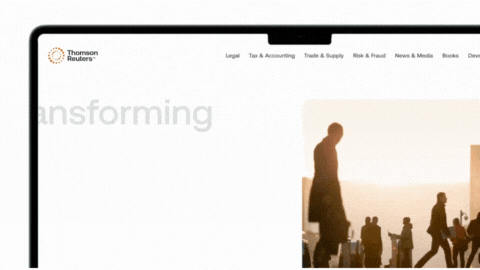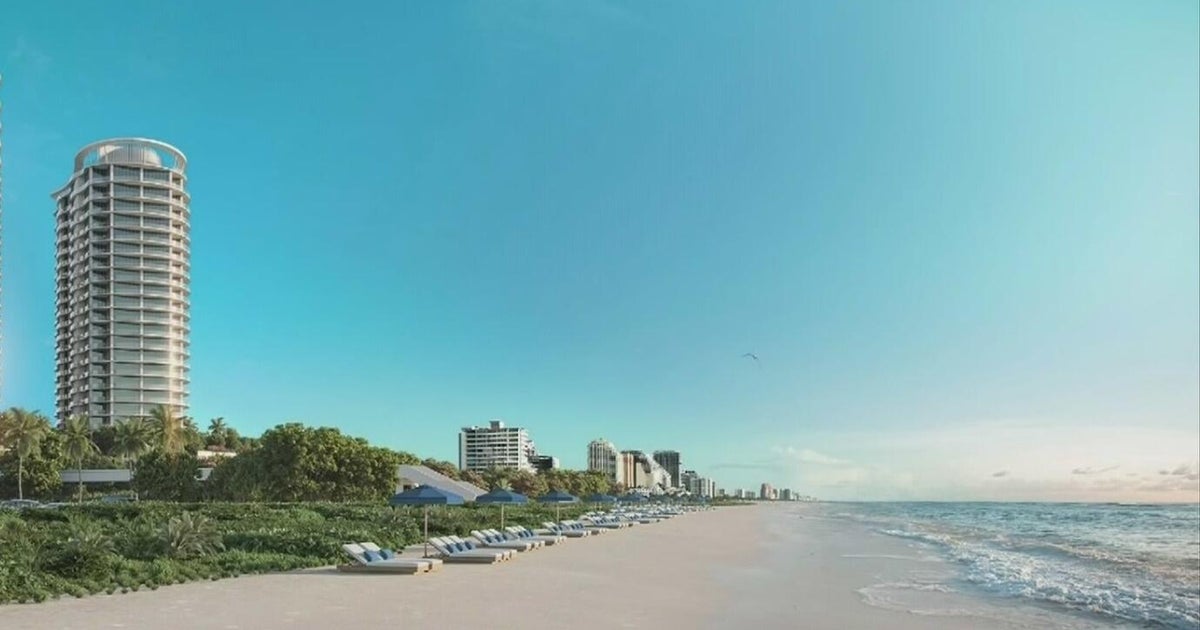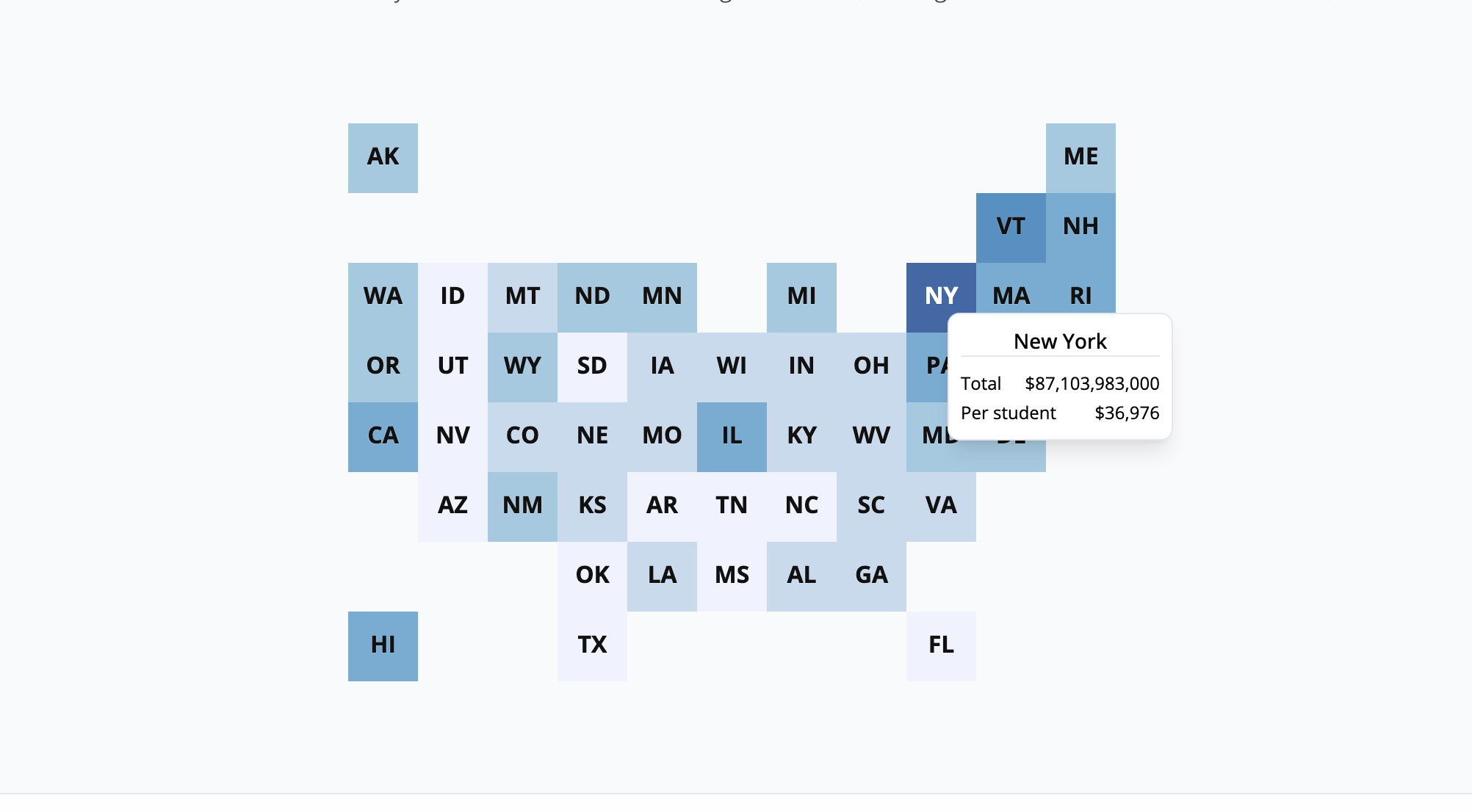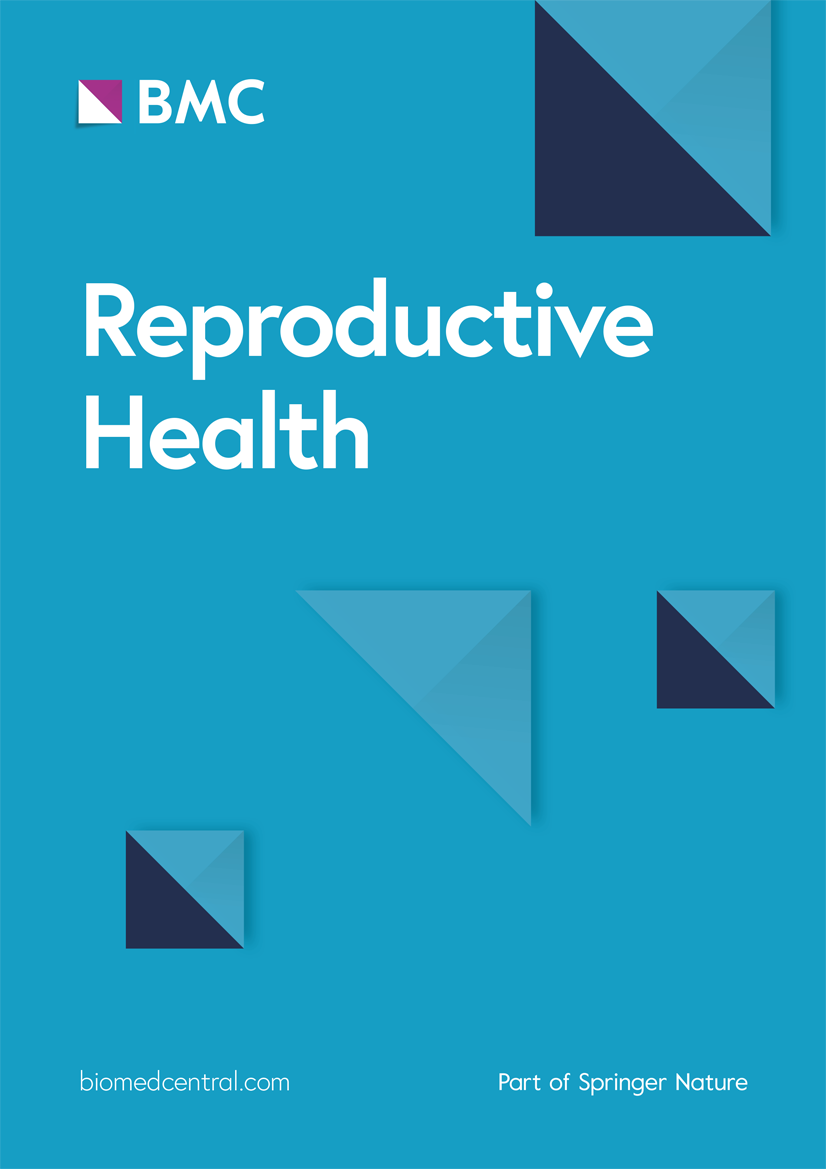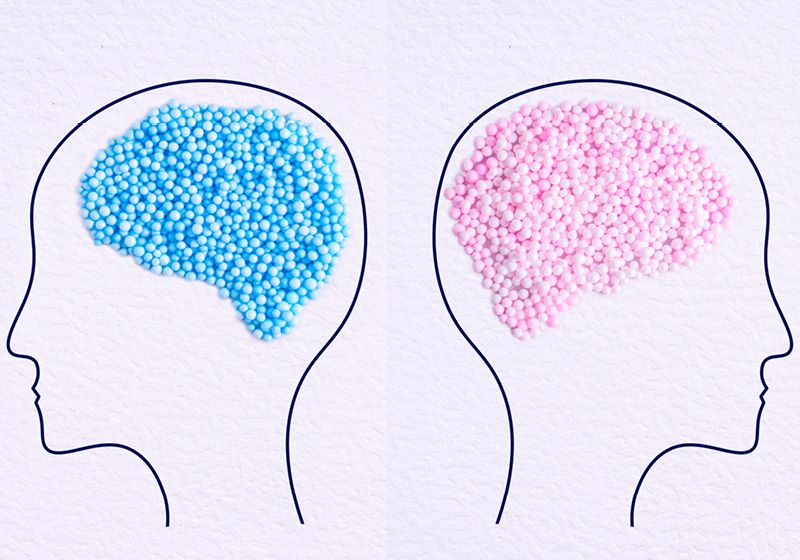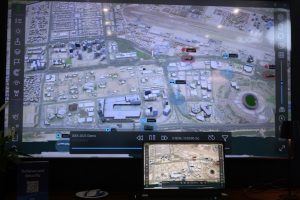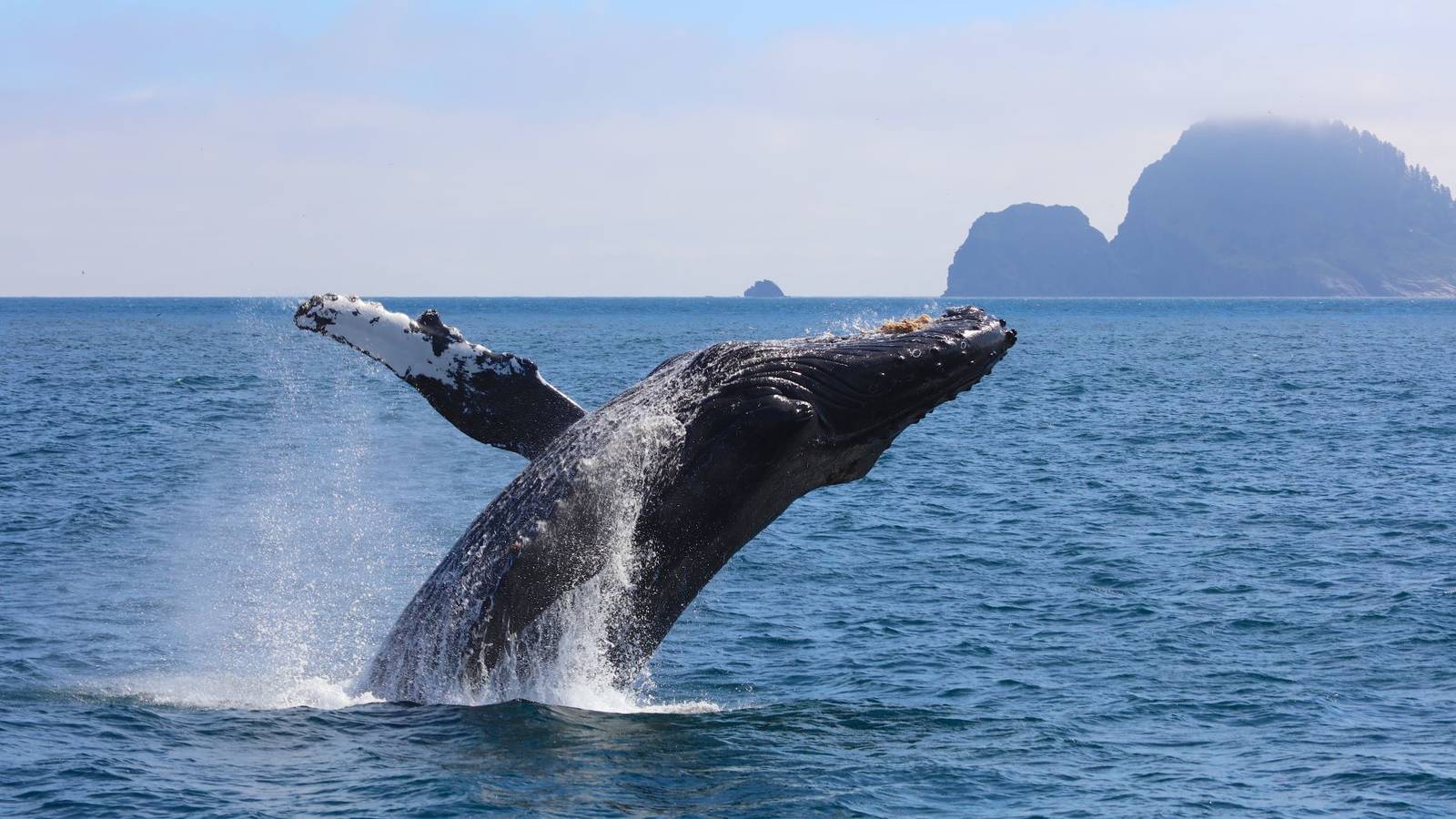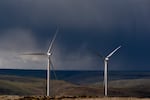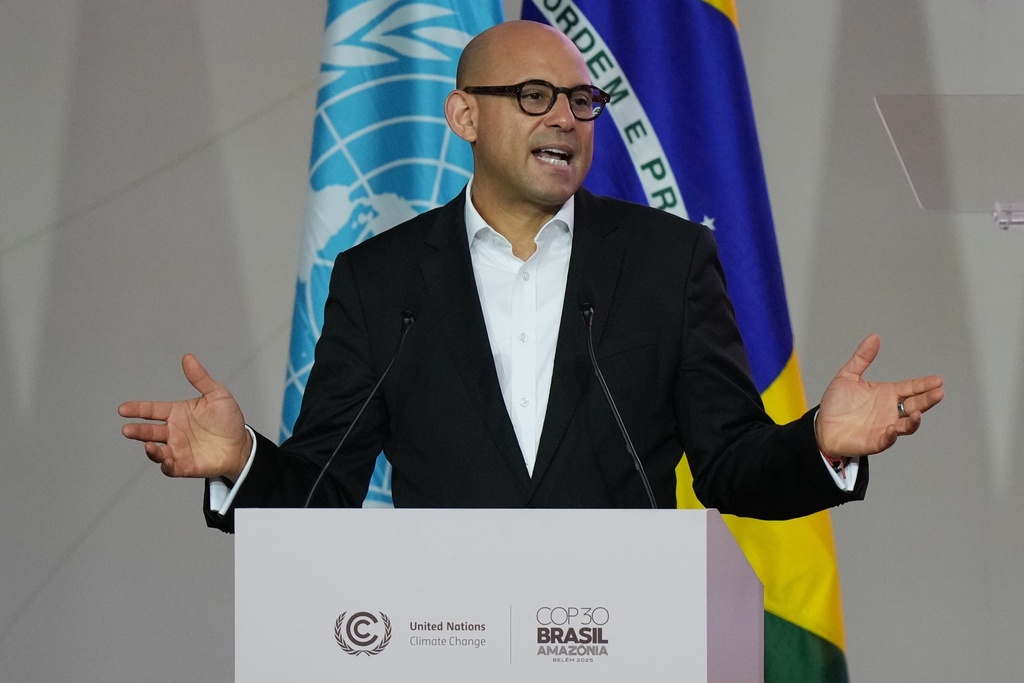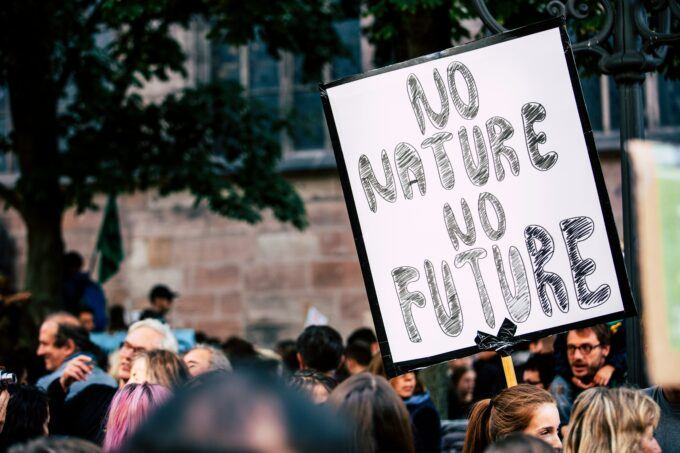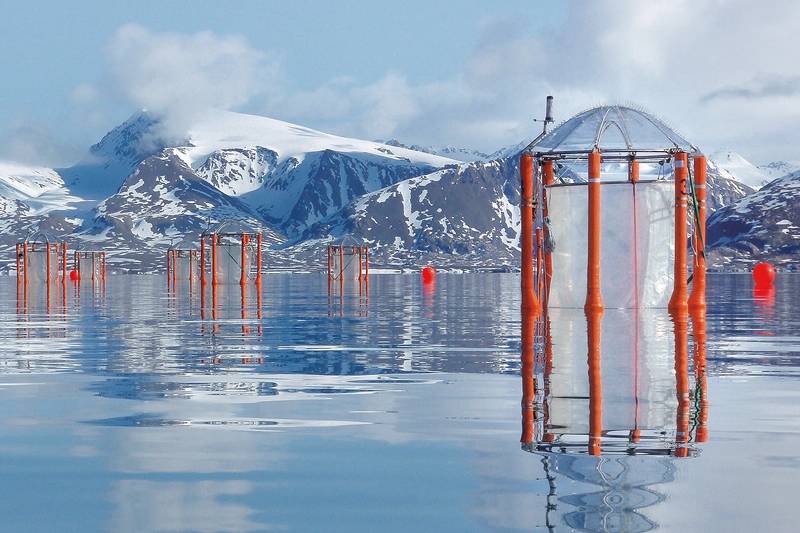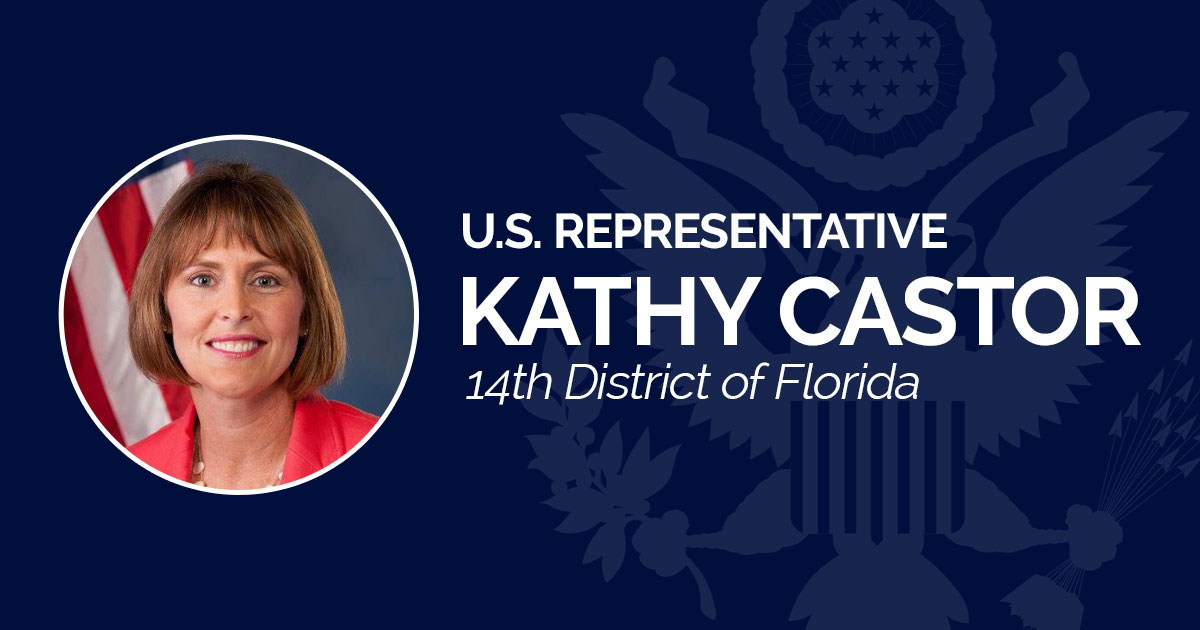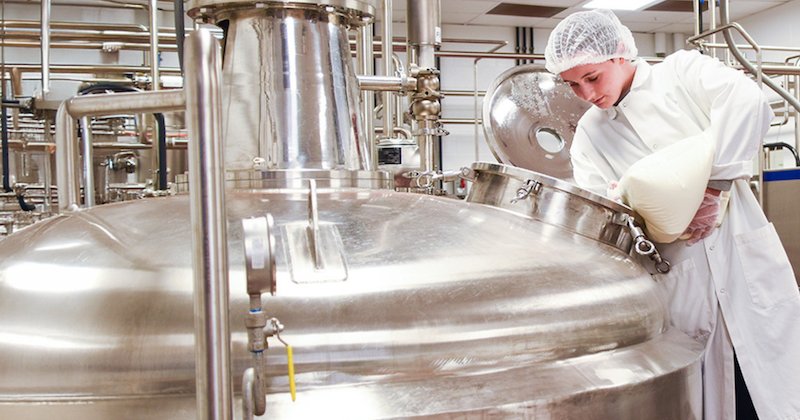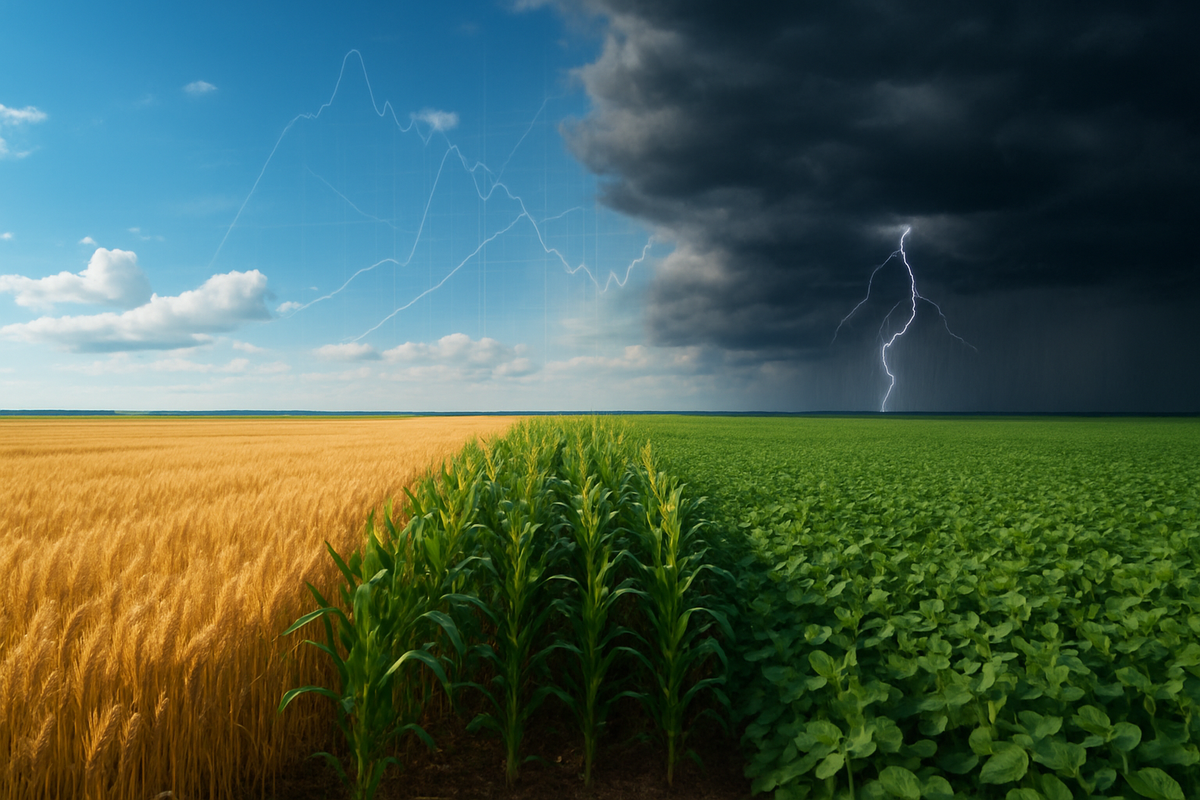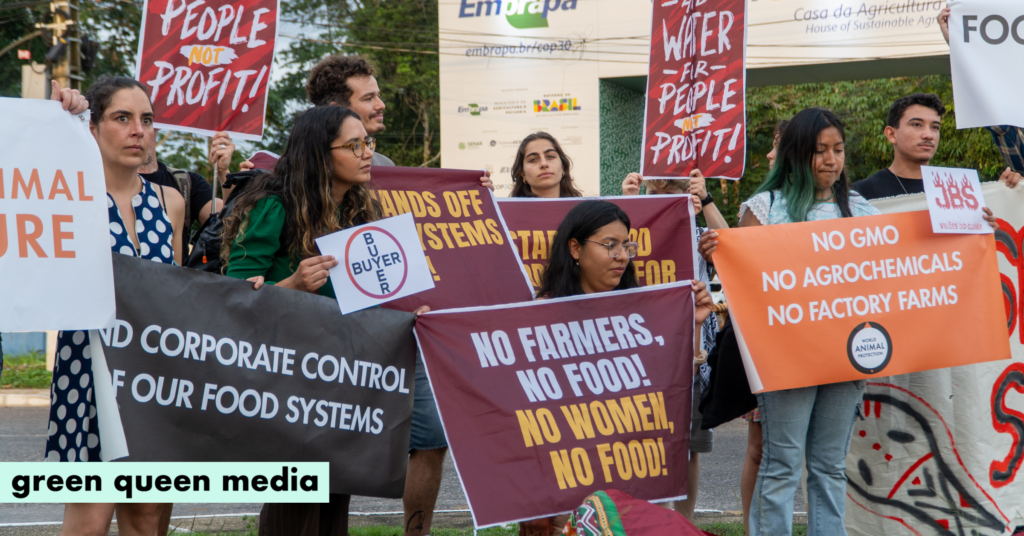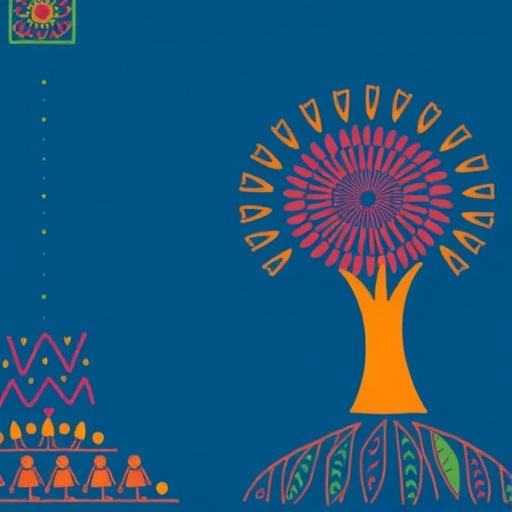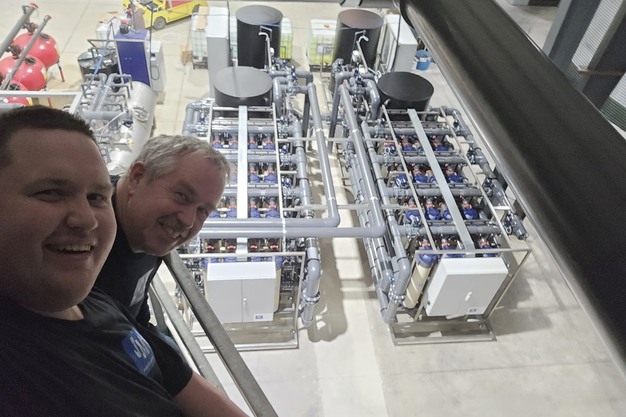City of Los Angeles Recycled Water Fill Station Reopens to the Public for 2025 – LADWP News

Report on the Reopening of the City of Los Angeles Recycled Water Fill Station Program
Executive Summary
On August 1, 2025, the Los Angeles Department of Water and Power (LADWP) officially reopened the City of Los Angeles Recycled Water Fill Station at the Los Angeles-Glendale Water Reclamation Plant. This initiative provides residential customers with free recycled water for outdoor irrigation, directly supporting the city’s water conservation strategies and advancing several United Nations Sustainable Development Goals (SDGs). The program represents a critical component of Los Angeles’s strategy to build local, sustainable water supplies and enhance resilience against water scarcity.
Alignment with Sustainable Development Goals (SDGs)
The Recycled Water Fill Station program is a practical implementation of global sustainability targets, with significant contributions to the following SDGs:
SDG 6: Clean Water and Sanitation
- Target 6.4: By providing a non-potable water source for landscaping, the program substantially increases water-use efficiency and reduces stress on the city’s precious freshwater supplies.
- Target 6.5: The initiative is a key element of integrated water resources management, demonstrating a commitment to diversifying water sources through recycling and reuse.
- Target 6.a: It promotes local participation in water management by empowering residents to contribute directly to conservation efforts.
SDG 11: Sustainable Cities and Communities
- Target 11.5: By conserving potable water, the program enhances the city’s resilience to water-related disasters such as droughts, making the urban environment more sustainable.
- Target 11.6: The initiative helps reduce the environmental impact of the city by promoting the sustainable management of a vital natural resource.
SDG 12: Responsible Consumption and Production
- Target 12.2: The program achieves the sustainable management and efficient use of natural resources by creating a circular system for water, where treated wastewater is repurposed for beneficial use.
SDG 17: Partnerships for the Goals
- Target 17.17: This program is founded on a multi-stakeholder partnership between the Los Angeles Department of Water and Power (LADWP), L.A. Sanitation and Environment (LASAN), and L.A. Recreation and Parks, demonstrating an effective model for achieving sustainability objectives through collaboration.
Program Operational Details
Location and Hours of Operation
- Location: Los Angeles-Glendale Water Reclamation Plant, 4600 Colorado Boulevard, Los Angeles, CA 90039.
- Schedule: Every Friday, from 8:00 a.m. to 3:00 p.m.
- Closures: The station will be closed on holidays and during inclement weather, specifically on rainy days.
Water Allowance and Approved Usage
- Volume: Participants may receive up to 300 gallons of recycled water per visit at no cost.
- Authorized Use: The water is designated for non-potable landscaping purposes, including the irrigation of trees, gardens, lawns, and shrubs.
Participant Eligibility and Requirements
Procedure for Participation
To ensure the safe and effective use of recycled water, all participants must adhere to the following requirements:
- Present a valid government-issued ID and a current LADWP bill for verification.
- Transport the water in user-provided, water-tight containers.
- Complete a brief, mandatory on-site training session on the proper handling and use of recycled water upon their first visit.
- Submit a signed application and agreement form.
LADWP and partner staff will be available on-site to provide educational materials and address any questions regarding the program.
Analysis of Sustainable Development Goals in the Article
1. Which SDGs are addressed or connected to the issues highlighted in the article?
-
SDG 6: Clean Water and Sanitation
- The article’s central theme is the provision and use of recycled water to conserve drinking water. This directly addresses the sustainable management of water resources, a core component of SDG 6. The program promotes the reuse of treated wastewater, which is crucial for water security.
-
SDG 11: Sustainable Cities and Communities
- The initiative is a city-level program in Los Angeles aimed at making urban water consumption more sustainable. By providing an alternative to freshwater for non-potable uses like landscaping, the program helps reduce the city’s environmental footprint and enhances its resilience to water scarcity, aligning with the goals of making cities more sustainable.
-
SDG 17: Partnerships for the Goals
- The article explicitly states that the “Recycled Water Filling Station program is a partnership between L.A. Sanitation and Environment (LASAN), and L.A. Recreation and Parks,” facilitated by the Los Angeles Department of Water and Power (LADWP). This collaboration among multiple public institutions to achieve a common sustainability goal is a direct example of SDG 17 in action.
2. What specific targets under those SDGs can be identified based on the article’s content?
-
Target 6.3: By 2030, improve water quality by reducing pollution… and substantially increasing recycling and safe reuse globally.
- The program’s entire purpose is to facilitate the reuse of recycled water. The article highlights that customers can “pick up recycled water to use for outdoor watering,” which directly contributes to “increasing recycling and safe reuse” of water resources within Los Angeles.
-
Target 6.4: By 2030, substantially increase water-use efficiency across all sectors and ensure sustainable withdrawals and supply of freshwater to address water scarcity.
- The program encourages residents to “conserve precious drinking water” by using recycled water for landscaping. This practice increases water-use efficiency at the household level by substituting potable water with a non-potable source for appropriate tasks, thereby reducing the demand on freshwater supplies.
-
Target 11.6: By 2030, reduce the adverse per capita environmental impact of cities, including by paying special attention to… municipal and other waste management.
- Wastewater is a component of municipal waste. By treating and recycling this water for beneficial reuse, the city reduces its environmental impact. The program helps manage water resources more sustainably, which is a key aspect of reducing a city’s overall environmental footprint.
-
Target 17.17: Encourage and promote effective public, public-private and civil society partnerships.
- The article identifies the program as a “partnership between L.A. Sanitation and Environment (LASAN), and L.A. Recreation and Parks,” with LADWP also playing a key role. This demonstrates a multi-stakeholder public partnership working to achieve a shared environmental objective.
3. Are there any indicators mentioned or implied in the article that can be used to measure progress towards the identified targets?
-
For Target 6.3:
- Indicator: Volume of recycled water reused. The article states that customers can receive “up to 300 free gallons of recycled water per visit.” Aggregating the total volume distributed to all participants over time would directly measure the increase in water reuse.
-
For Target 6.4:
- Indicator: Number of participants in the water conservation program. The article describes the process for customers to participate, implying that the number of participants is tracked. This serves as a proxy for the adoption of water-efficient practices.
- Indicator: Amount of freshwater consumption avoided. While not explicitly stated as a metric, the primary goal is to “conserve precious drinking water.” The volume of recycled water used directly corresponds to the amount of freshwater saved, which is a key measure of increased water-use efficiency.
-
For Target 11.6:
- Indicator: Proportion of municipal wastewater safely treated and reused. The program itself is an indicator of progress. The total volume of water recycled through this station contributes to the overall percentage of wastewater being safely reused in the city.
-
For Target 17.17:
- Indicator: Number of institutional partnerships. The article explicitly names the partners: “LADWP,” “L.A. Sanitation and Environment (LASAN),” and “L.A. Recreation and Parks.” The existence and operational nature of this collaboration serve as a qualitative indicator of an effective public partnership.
4. Table of SDGs, Targets, and Indicators
| SDGs | Targets | Indicators |
|---|---|---|
| SDG 6: Clean Water and Sanitation | 6.3: Substantially increase recycling and safe reuse globally. | Volume of recycled water distributed per visit (up to 300 gallons) and in total. |
| 6.4: Substantially increase water-use efficiency and address water scarcity. | Number of participating residential customers; Volume of drinking water conserved. | |
| SDG 11: Sustainable Cities and Communities | 11.6: Reduce the adverse per capita environmental impact of cities. | Proportion of municipal wastewater safely treated and reused through the program. |
| SDG 17: Partnerships for the Goals | 17.17: Encourage and promote effective public partnerships. | The existence of the partnership between LADWP, LASAN, and L.A. Recreation and Parks. |
Source: ladwpnews.com

What is Your Reaction?
 Like
0
Like
0
 Dislike
0
Dislike
0
 Love
0
Love
0
 Funny
0
Funny
0
 Angry
0
Angry
0
 Sad
0
Sad
0
 Wow
0
Wow
0

